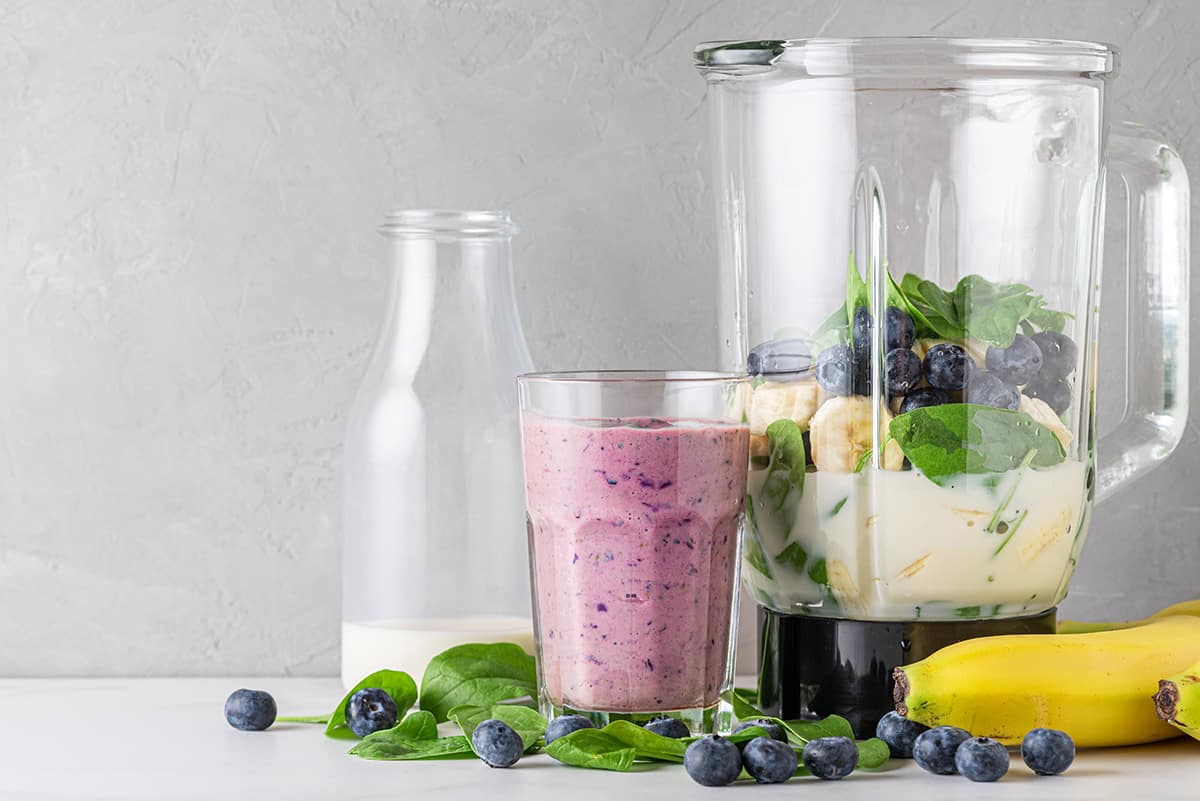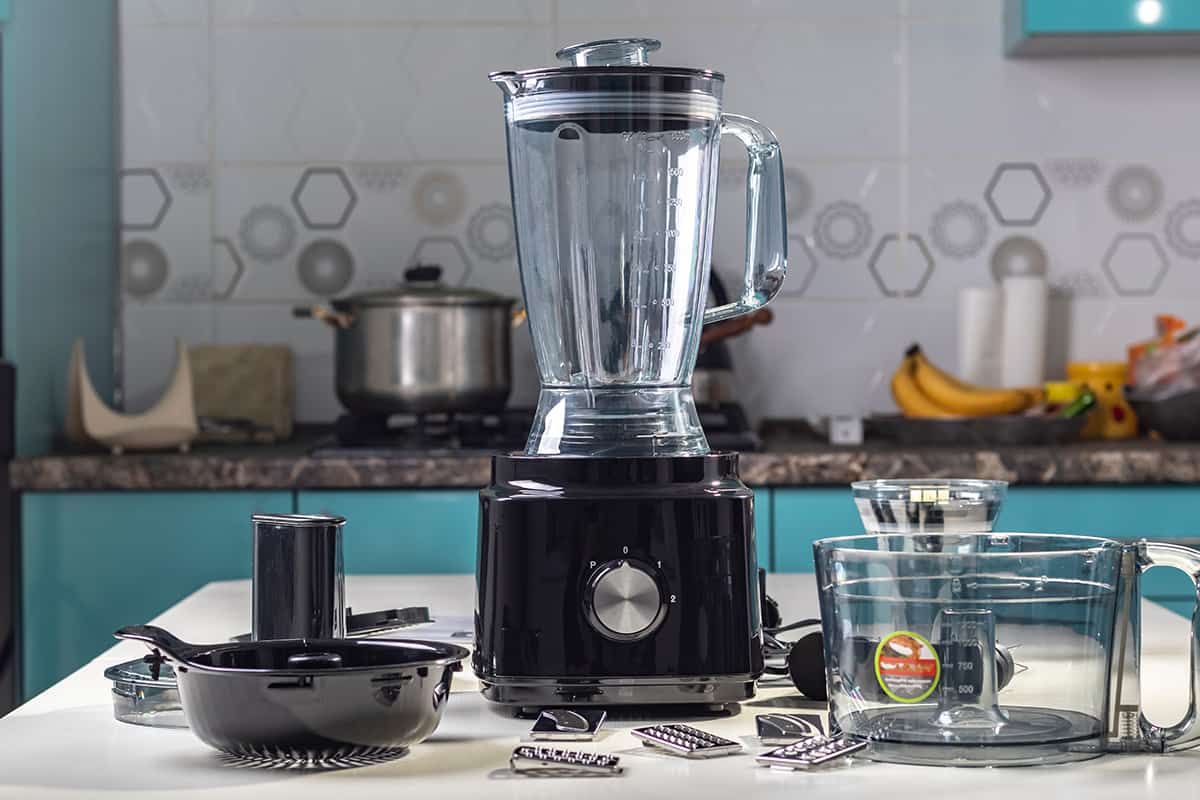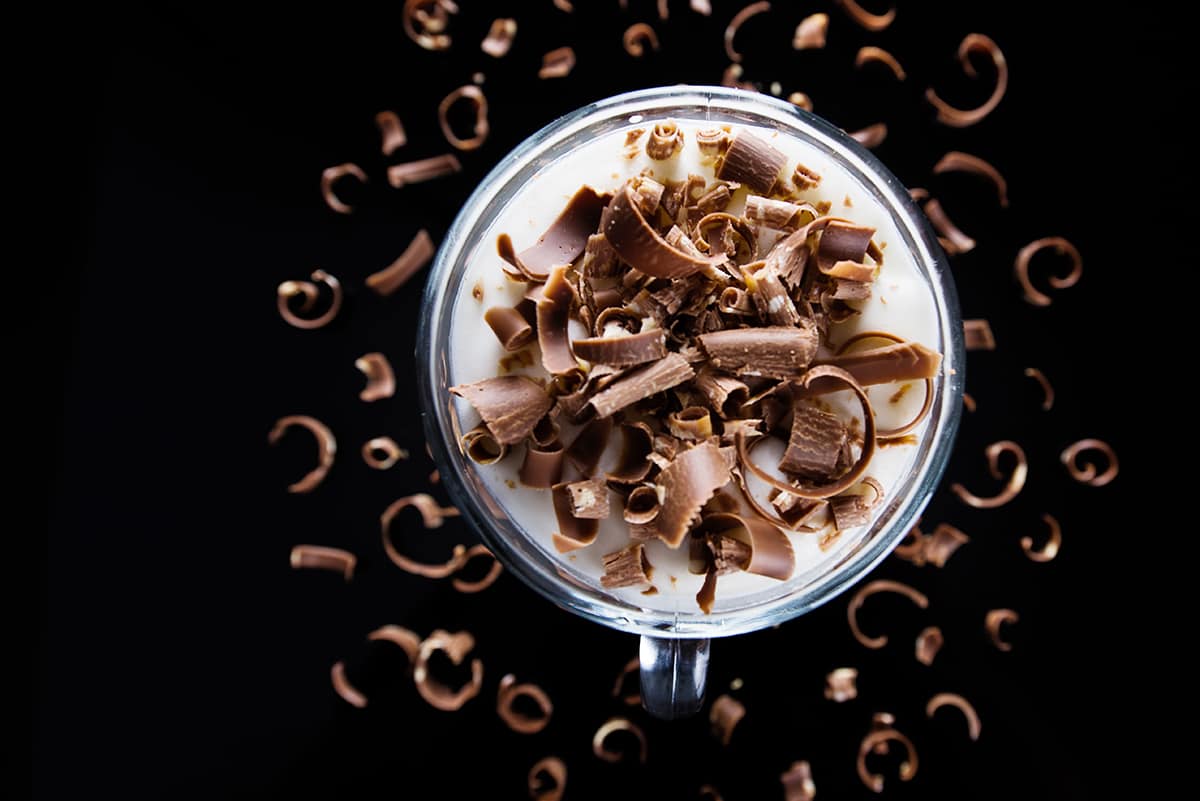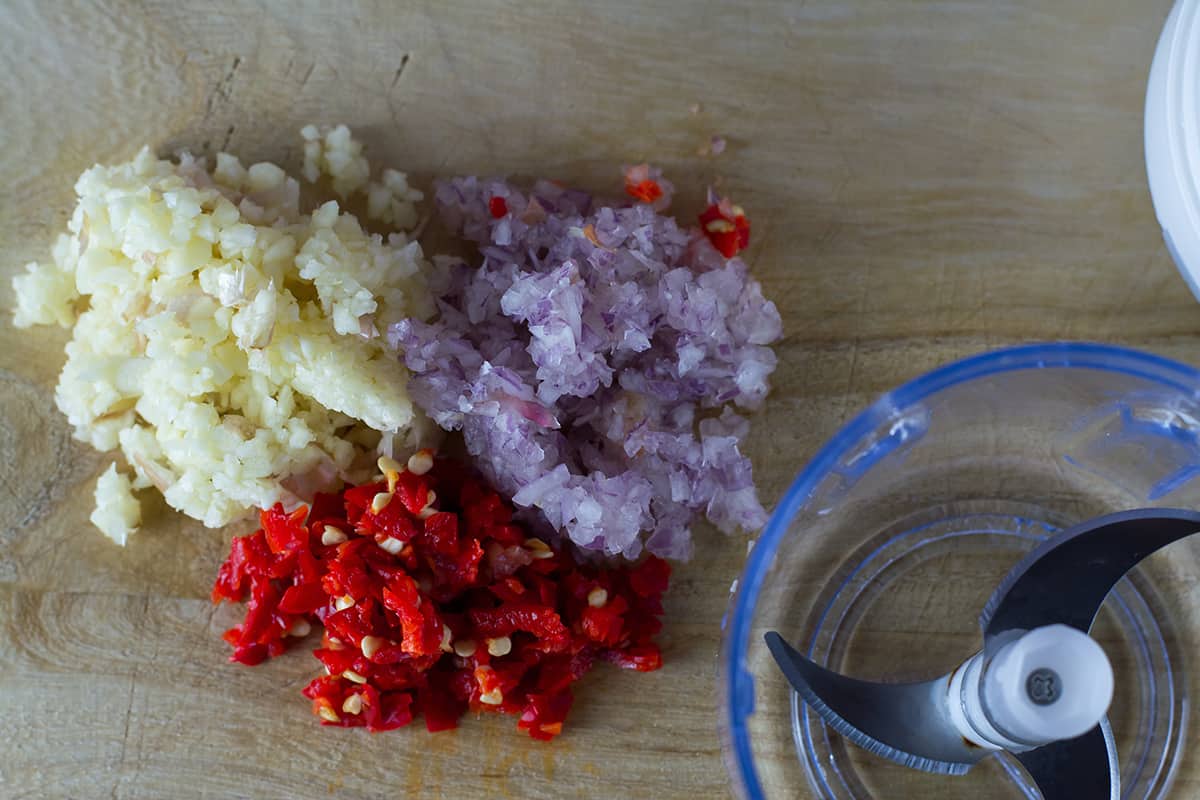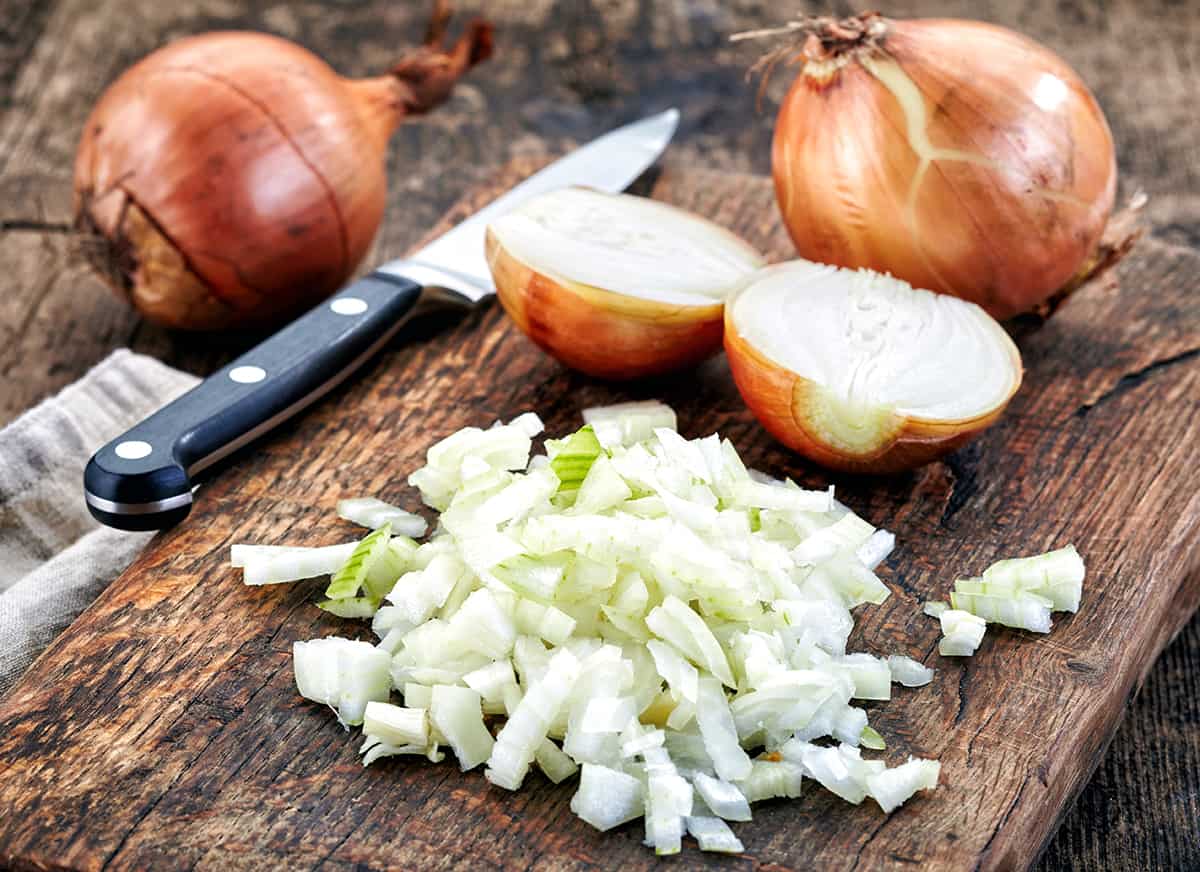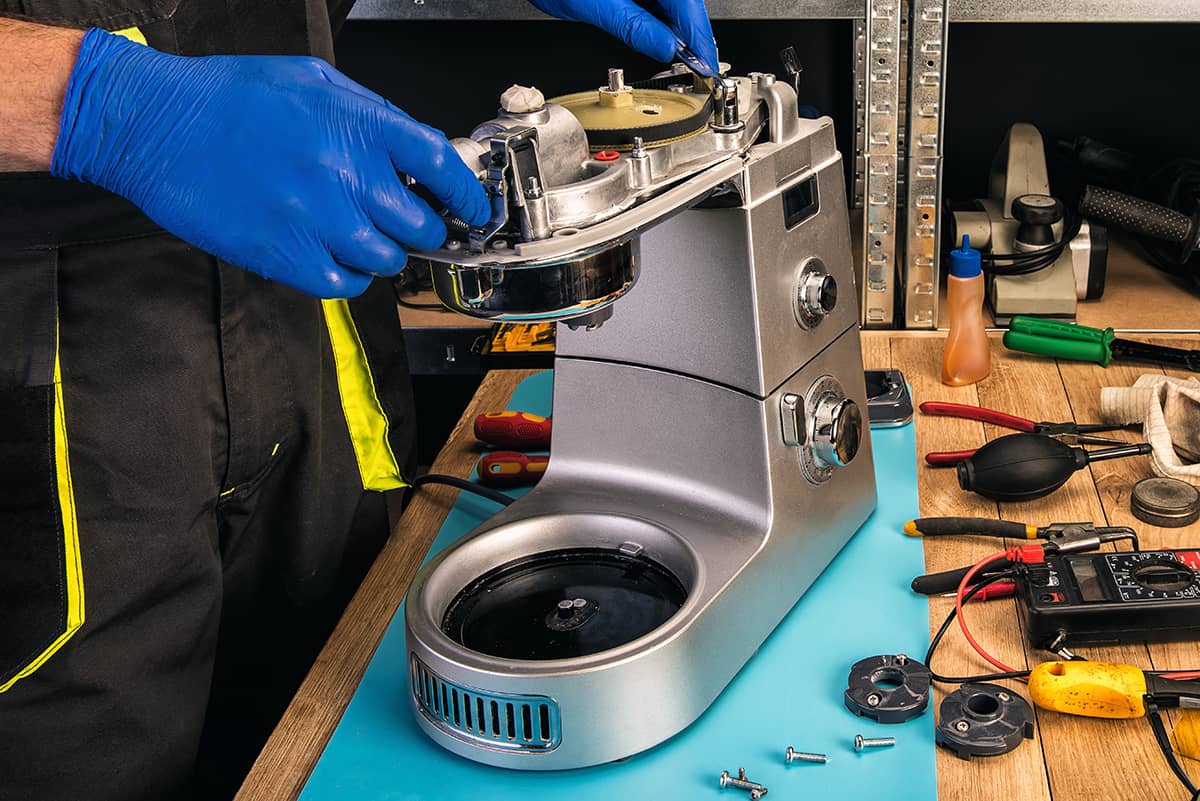When it comes to blenders, there are two brands that stand out more than their competitors—Vitamix and Blendtec. While their blenders work in almost identical ways, Blendtec blenders claim to use blades that are 80% thicker and 10 times stronger than other brands. But can you use a Blendtec blender as a food processor?
You can technically use a Blendtec as a food processor. Just utilize the pulse function as you would an ordinary food processor, making sure to scrape the sides of the pitcher after every few pulses to produce evenly chopped fruits and vegetables.
But are Blendtec blenders a perfect replacement for food processors? What is a Blendtec supposed to be used for? I’ll address these questions and more in the following sections.
What Is a Blendtec?
Blendtec is a kitchen appliance manufacturer. While the company makes all sorts of kitchenware and supplies, its line of blenders is what really puts it on the map. Blendtec blenders are known for being reliable, powerful, and long-lasting, making them a direct competitor to the more popular brand, Vitamix.
What Can a Blendtec Do?
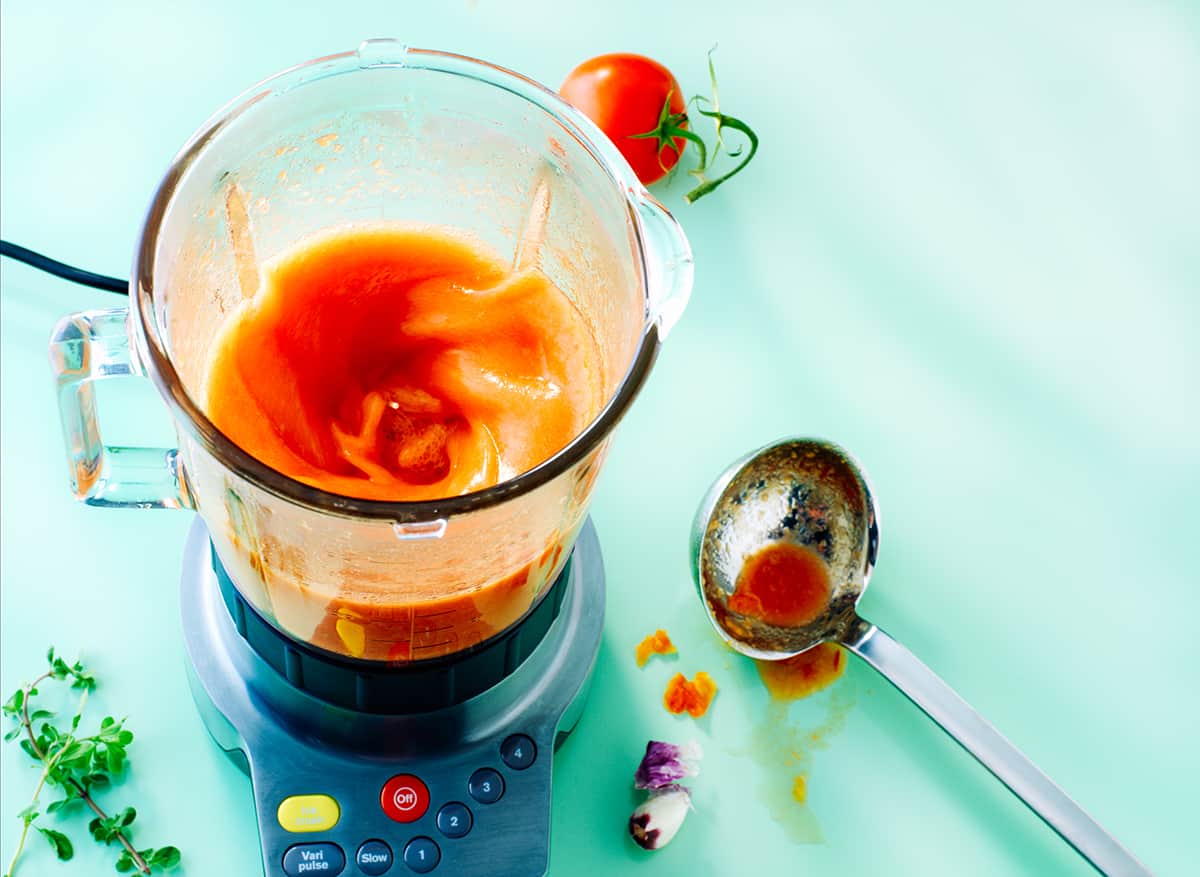
A Blendtec can virtually do what any other blender can do. It’s mainly made for blending ingredients into a liquid base to create soups, smoothies, and purées. However, if you take a look at Blendtec’s Blending 101 course, you’ll find that you can use a Blendtec to make juice, ice cream, frozen coffee, nut butter, applesauce, and much, much more.
Can You Use a Blendtec as a Food Processor?
Now, the big question is, can a Blendtec be used as a food processor? The answer to this question is, yes, it can, but to a limited extent.
You see, food processors, while similar to blenders, serve a completely different purpose. A food processor is supposed to be used to chop and slice single ingredients for cooking, grilling, etc. A blender, on the other hand, is used to incorporate solid ingredients into liquids. Although food processors can perform the same tasks as a blender, it’s not a perfect substitute 100% of the time.
The same principle applies the other way around. Blendtec blenders can be used to chop ingredients, but the blades are designed to pulverize ingredients swiftly, allowing them to incorporate into liquids seamlessly. It can be easy to overwork your solid ingredients in a Blendtec blender, which can result in a mushy mess.
However, if you’re in a pinch, you can most certainly use a Blendtec blender as a food processor. The same is true if you want to use other brands such as Ninja blenders as a food processor.
How to Use a Blendtec as a Food Processor

The secret behind using a Blendtec, or any other kind of blender, as a food processor is the pulse function. Pulsing means spinning the cutting blades at the highest speed possible but in short, quick bursts. That way, you get the chance to examine how coarsely or finely chopped the ingredients are.
So, if you want to use a Blendtec as a food processor, press down the pulse button in 1-second increments. After every couple of pulses, open the pitcher’s lid to see how the ingredients turn out. If they’re still too big for your liking, shut the lid and pulse the ingredients a few more times.
Also, it’s important that you scrape down the sides of the Blendtec pitcher after every few pulses. Doing so will push the larger chunks toward the bottom of the pitcher and closer to the blades, allowing them to break apart more easily during the next few pulses. Neglecting to do this will result in uneven chunks.
Do I Need a Food Processor If I Have a Blendtec?
While a Blendtec can technically be used as a substitute for a food processor, it won’t do everything a high-quality food processor can do.
Food processors can come with a wide assortment of cutting blades and discs to process ingredients in numerous ways. A slicing disc or julienning disc will produce even slices or strands of solid ingredients—something that a blender could never hope to achieve.
On the other hand, a food processor can substitute a blender in almost every way. On the bowl of a food processor, you’ll find a liquid line that tells you the maximum level of liquid you can add to the bowl per batch. Basically, the line means that the food processor can incorporate solid ingredients with a liquid base to make milkshakes, smoothies, dips, purées, etc.
However, there’s one thing you should be careful about when using a food processor—crushing ice. Blenders, especially those from Blendtec, come with super-powerful motors that are designed to break down hard ingredients, such as ice, into tiny shavings or chunks. While some food processors can crush ice, they can only do so in tiny batches. Blendtec, on the other hand, has a whole video about how to make ice cream, and it starts with filling the pitcher more than halfway with ice!
Pros and Cons of a Blendtec
Pros
Versatility
Blendtec blenders are all about versatility. It comes with a super-powerful motor that delivers more torque per rotation, allowing the blades to cut through all sorts of ingredients like a knife through warm butter. You can use a Blendtec to grind up coffee beans, make juice, and mill grains. In addition, Blendtecs come with multiple blending speeds that give you full control over how quickly to blend your food together.
Simplicity
Despite their versatility, Blendtec blenders are all about simplicity. They don’t require a ton of preparation to use—simply place the pitcher on the base, put your ingredients in the pitcher, close the lid, and press the on or pulse button until you’re satisfied with the consistency of your food.
Professional quality
Although Vitamix blenders are more popular, you can find cafés, restaurants, bistros, and even truck shops all over the country that use Blendtec blenders. Best of all, you don’t need to pick p a commercial-grade Blendtec to get professional-level quality!
Cons
Price
The biggest complaint people have about Blendtec is the steep starting price for a residential blender. In addition, replacement pitchers and accessories don’t come cheap. That said, you definitely get what you pay for!
